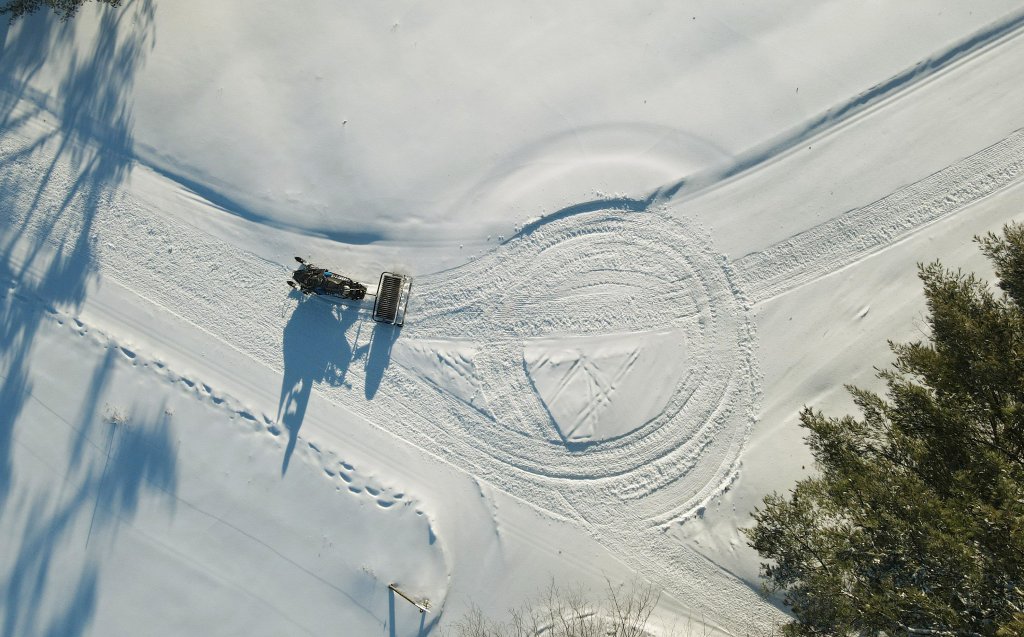
It’s likely to be your average Maine winter.
Forecasts by the National Weather Service call for routine winter temperatures, not too much hotter or colder than Mainers have come to expect between December and March.
Precipitation is also expected to be about average, though if it teeters in one direction, it likely will be on the dry side, forecasters said.
The average high temperature in Portland from December to February is 35.2 degrees and the average low is 18.4 degrees. Annual snowfall in the city averages 68.7 inches, although last year was well below that amount, at 54.1 inches.
“There could be a very slight chance that we see a little bit less precipitation than normal,” said Jon Palmer, a meteorologist at the National Weather Service’s Gray office.
That’s because this is a La Niña year.
A year can either be a La Niña or a El Niño, Palmer said, and determining which weather pattern is in effect is key to helping meteorologists predict what the winter may bring.
“It’s a big piece of climate forecasting, traces to sea surface temperatures in the Pacific,” Palmer said.
There is a fluctuation in that average temperature, and in its warmer phase it’s known as an El Niño, and in its cooler phase a La Niña.
“Generally, this fluctuation significantly impacts the weather around the world, but especially the United States,” Palmer said.
It essentially alters the path of the jet stream, he said.
However, whether it’s the El Niño or the La Niña, the impact on the Northeast is minimal, Palmer said. While it can give forecasters a small hint in this corner of the country, the trends aren’t as sturdy as they are in other regions.
Score one for New England’s reputation for unpredictable weather.
“In Colorado, northern New Mexico, they tend to have more snow during El Niño years, and drier winters during La Niña,” Palmer explained. “It’s the other way around in the Pacific Northwest.”
But, if La Niña does impact the Northeast, trends indicate there will be slightly below average precipitation.
Staff Writer Sophie Burchell contributed to this report.

We invite you to add your comments. We encourage a thoughtful exchange of ideas and information on this website. By joining the conversation, you are agreeing to our commenting policy and terms of use. More information is found on our FAQs. You can modify your screen name here.
Comments are managed by our staff during regular business hours Monday through Friday as well as limited hours on Saturday and Sunday. Comments held for moderation outside of those hours may take longer to approve.
Join the Conversation
Please sign into your CentralMaine.com account to participate in conversations below. If you do not have an account, you can register or subscribe. Questions? Please see our FAQs.